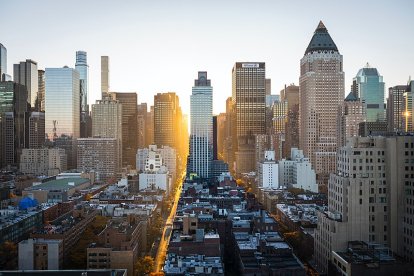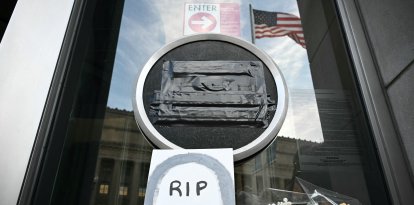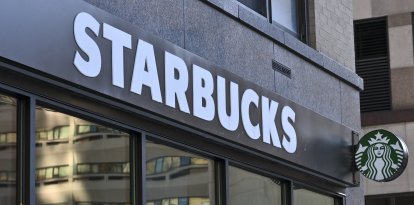The danger behind empty offices in Manhattan
The situation worsened after the Covid-19 pandemic and threatens the economy of the Big Apple.

Manhattan/Wikimedia Commons
New York City is facing an issue that seemed forgotten but came back with a vengeance after the Covid-19 pandemic: the number of vacant offices. As reported by Colliers, a well-known real estate firm, vacant job space for rent in Manhattan reached an all-time high during the first four months of 2023, affecting the area’s economy and the city as a whole.
New York Magazine decided to illustrate this situation in an eye-catching cover, which will run until July 30. According to journalist Andrew Rice, author of the lead article, “Manhattan’s office buildings are dangerously empty and crushed by debt, and their owners are in over their heads.”
The story centers on Scott Rechler, a major investor who spent $4.5 billion on Manhattan office acquisitions in recent years and doesn’t know what to do with so much space. Through his story, Rice analyzes the current real estate market in the Big Apple.
He found that, in general, the taller the tower, the more free space it will have. For example, buildings at 60 Wall St, 1 Liberty Plaza, and 55 Water St each have more than 800,000 square feet available. In total, the available space amounts to 52 million square feet, the equivalent of more than 40 skyscrapers the size of the Chrysler Building (77 floors and 1,048 ft tall).
In addition to being a headache for the owners, the journalist explained the risk it generates for the economy in general. “From the landlord’s perspective, motive hardly matters — space is space, and it’s got to be rented. Add in sharp hikes in interest rates, which make refinancing a huge commercial mortgage a potentially ruinous proposition, and you have a crisis that threatens not just the solvency of office buildings but the loans that are attached to them and the banks that hold them and, by extension, the whole economy,” he wrote.
According to Rechler, there is something called Project Kodak, which classifies buildings worth saving for various reasons, whether for beauty or historical value.
Jeffrey Gural, an investor who predicts an era of space reorganization, also appears in the story. “If you have a building that’s half empty and a loan coming due, chances are you’re going to give the keys back to the bank,” he confided to Rice.
The economic risk behind empty space in Manhattan
According to a study by The New York Times, approximately 1.5 million workers flooded Manhattan before the pandemic, moving the economy with impressive consistency. The money was spent on food, shows and shopping all the way from the Big Apple to neighboring states like New Jersey or Connecticut.
As an aggravating factor, private employees in New York offices earn approximately twice as much in average annual salary as their compatriots, making them even more critical for the healthy development of the local economy.
“That entire ecosystem collapsed during the early months of the pandemic as office workers shifted to remote work. Three years later, it has been slow to recover as remote work remains popular, causing companies to reduce their office footprints. That retreat has led to the high vacancy rates,” the Times reported.
RECOMMENDATION





















